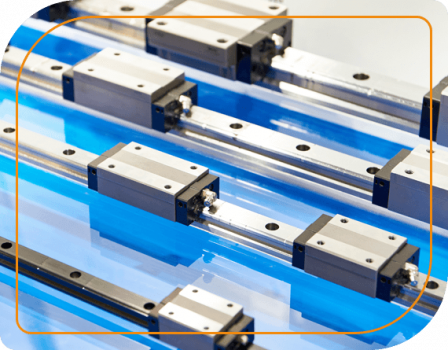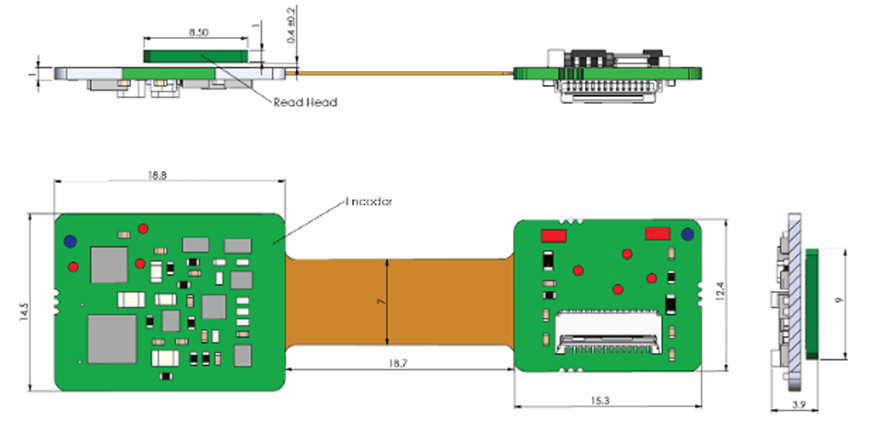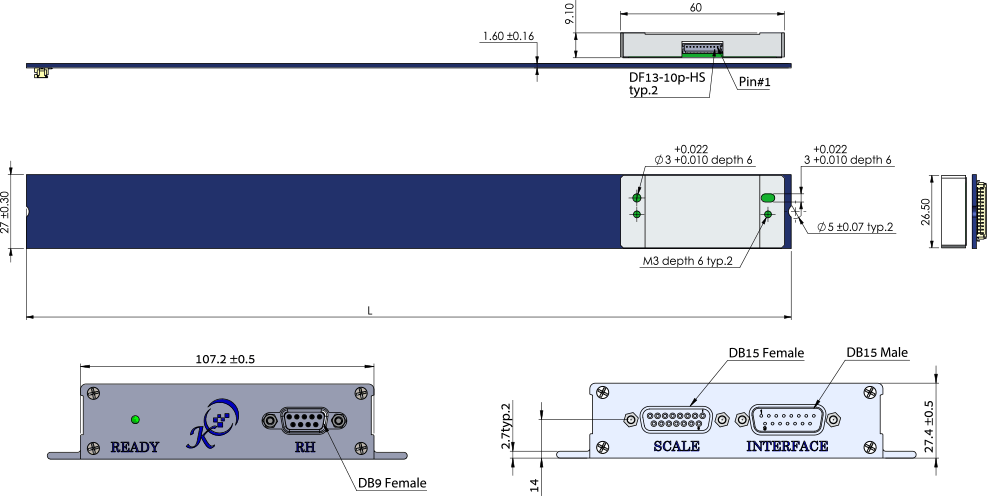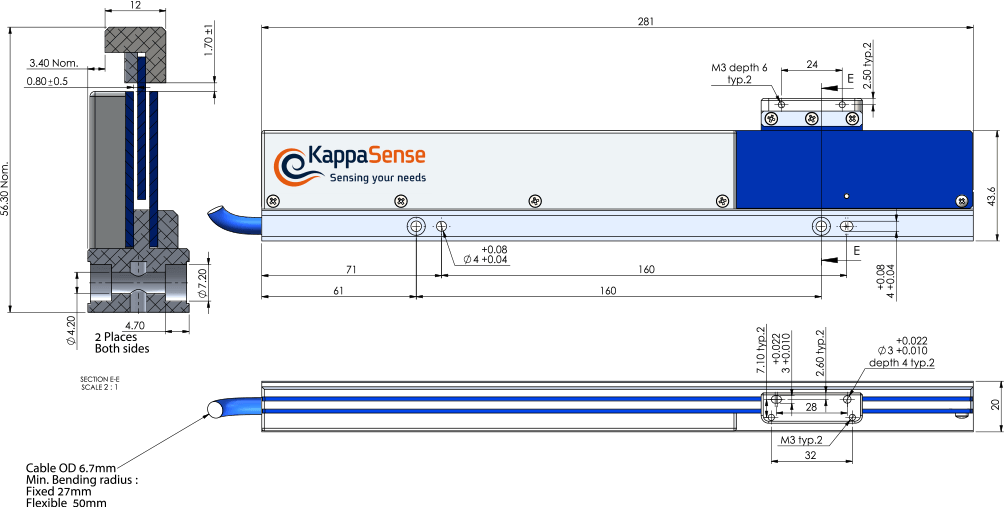Home > Applications > Capacitive Linear Encoders for Industrial Automation
Applications

The term “Industrial Automation” can be applied to all types of machinery used in the automation of processes in manufacturing and inspection. Any such processes that can be automated as opposed to be performed manually benefit from consistency, accuracy, and throughput, as well as benefits to people such as improving safety and avoiding repetitive stress injuries.
There are, of course, some industrial processes that can only be performed by automated systems, such as processes that require the use of dangerous materials or the manipulation of dangerous and/or heavy load. Robotics and Computerized Numerical Control (CNC) are common examples of such systems.
In general, Industrial Automation aims to increase productivity, reduce manufacturing costs, improve quality, reduce manufacturing waste, and improve safety. All these aims go to towards improving profitability.
Automation systems vary in complexity and flexibility, from fixed automation systems that perform one specific task based on fixed parameters, such as a glass bottle manufacturing machine, to programmable, flexible automation systems that can be adjusted to meet a range of process parameters, such as a packaging machine that is designed to process a variety of packaging types. Integrated automation systems are those where multiple machines work together to achieve a specific purpose, an example of which might be a PCB surface mount assembly machine where there is a PCB loader, a machine to apply solder paste, various stages for component assembly, the oven, and automated optical and X-ray inspection machines on the output side.
In this application note, we shall show some examples of industrial automation machines where linear motion is utilized and where industrial encoders are required. In other application notes we shall discuss industry-specific machines, such as in the medical and the semiconductor industries.
Consider a solder joint inspection machine. Such machines are used in some electronics assembly production lines to do automated optical inspection of the solder joints of electronic components. Solder joints can suffer from various defects, such as holes in the solder, insufficient or incorrect solder fillet, or bad flow of solder around a pin. A solder joint inspection machine utilizes machine vision to examine various aspects of a solder joint, both in order to identify and defective printed circuit board assemblies (PCBAs), and in order to identify defects in the soldering process in order to improve that process. A typical machine architecture consists of an XYZ gantry that holds a camera and moves the camera across the PCBA. The gantry axes, at least the X and the Y axes, are typically built using linear motors that provide high speed and stability, and no flexibility or backlash that might be associated with belts and pulleys. The gantry system moves the camera into starting position above the PCBA at high speed, and then moves the camera across the PCB to capture images of the solder joints.
There are numerous other applications of linear motion in industrial automation. Consider, for example, any automated production line where a part is moved from workstation to workstation. Linear motion is generally utilized to move the part. If linear motors are used then linear encoders, such as the KappaSense FLEX ultra flexible linear encoder, move the part with precision and ensure part stability at each workstation. If linear actuators, or even a conveyor system are used, then a linear encoder might be useful to measure the actual location of the part as opposed to using to the rotary motor position and having to account to for flexibility and backlash when considering the true location of the part being processed.
Capacitive linear encoders from KappaSense are well suited as encoders in the industrial sector and can be useful in industrial automation system such as those described above, since among the characteristics and benefits of these encoders are the following:
Additional benefits to manufactures of industrial automation machines are:


